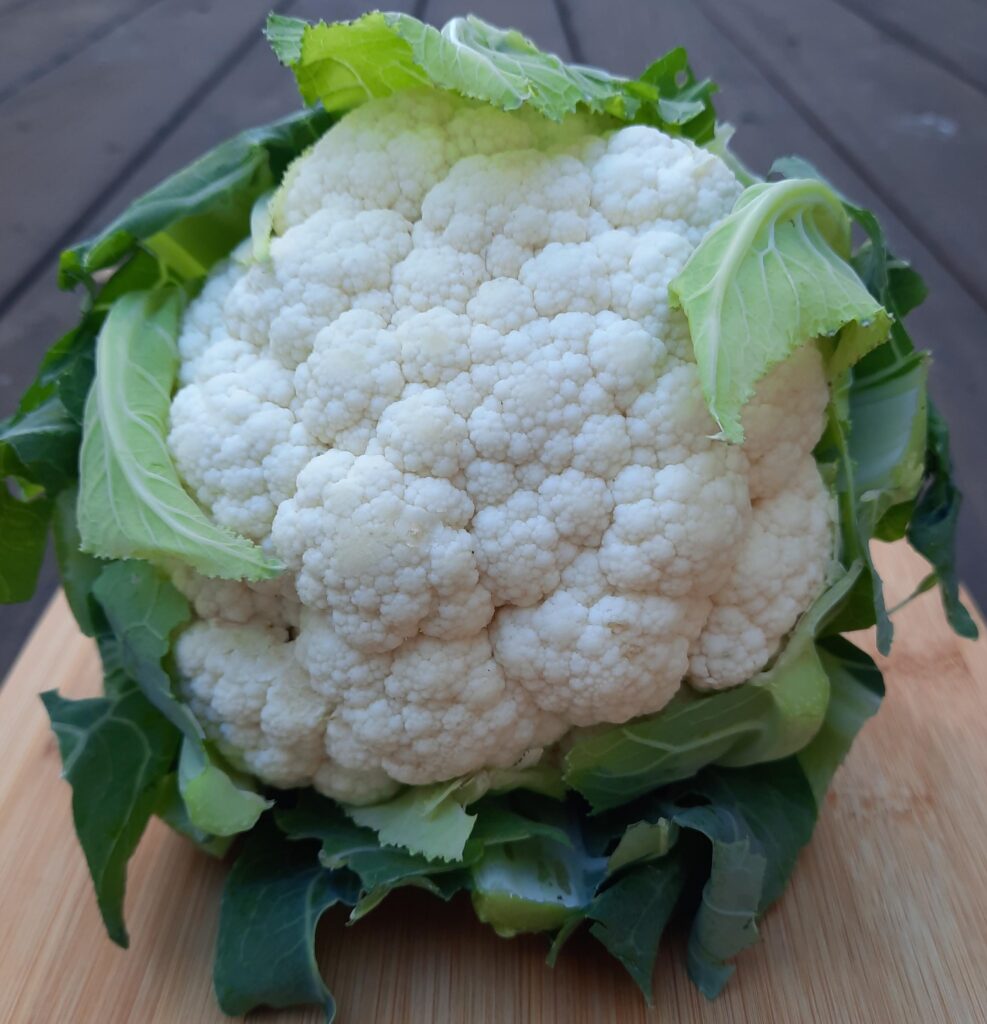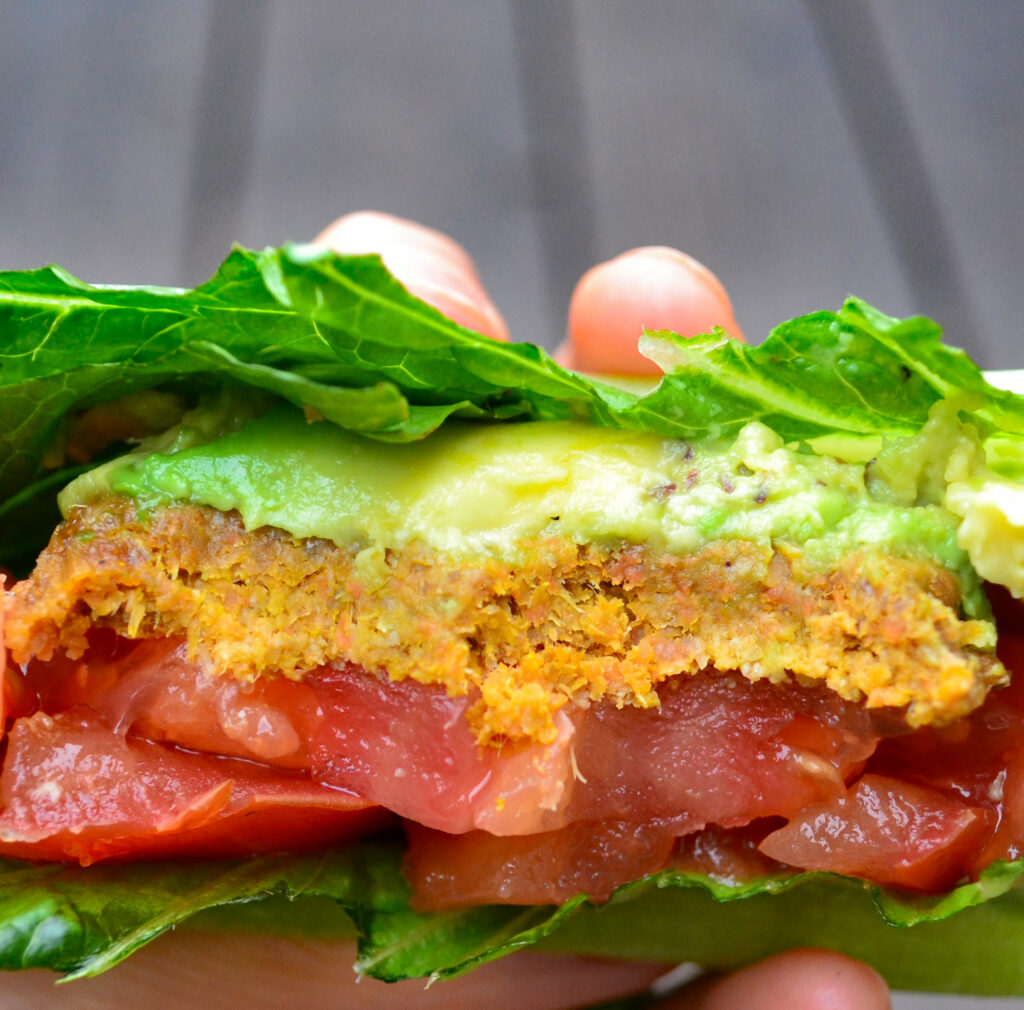This is a great question, given that many of you know Dr. Rick is a huge fan even though it is seen by many people as being not as flavorful as other fruits and vegetables. The reality is that cauliflower has a good complement of important nutrients, but one nutrient in particular is often overlooked in cauliflower’s nutrition profile.

This nutrient is choline. Why is choline so important? It’s a precursor to phosphatidylcholine, a key component of cell membranes, helping to maintain their structure and integrity. Choline is also used to produce acetylcholine, a neurotransmitter that is vital for brain functions such as memory, mood regulation, muscle control, and overall cognitive function. Choline supports fat metabolism by helping transport fats out of the liver. This prevents the accumulation of fat in the liver and supports overall liver function. It’s also involved in the synthesis of compounds that are essential for the creation of DNA, making it important for cell division and growth. During pregnancy, choline is particularly important for fetal brain development.
Our body can make some choline, but the rest of our body’s requirement for it must be obtained from our diet.
Cauliflower eaten in quantity can be a notable source of choline:
1 cup chopped cauliflower: 47 mg
2 cups chopped cauliflower: 95 mg
One average head has about 5.5 cups chopped cauliflower: 261 mg
There are so many different ways to enjoy cauliflower. Our recipe for stuffing burgers detailed in a recent post is a delicious way to enjoy cauliflower.
Here is the recipe:
3 cups chopped celery
1 ½ cups chopped carrots
2 cups chopped cauliflower
3 tbsp fresh squeezed lemon juice
1 cup walnuts (substitute 2 cups chopped zucchini for lower fat version)
1 cup chopped yellow onion (optional)
1 tbsp rosemary (optional)
This recipe makes 10 to 12 veggie patties depending on how large you make them. After cleaning the veggies, we blended all the ingredients together in our food processor. We then transferred the mixture to a mixing bowl and to make the patties, we scooped the blended mixture out of the bowl with a ⅓ cup measuring cup and placed the contents of the measuring cup on a dehydrator tray with a dehydrator sheet to keep liquid from the patties from leaking through the dehydrator tray holes.
We dehydrated the patties at 100°F degrees (38°C) for about 7 hours – this time may vary depending on ambient humidity and temperature. We then flipped the patties, removing the dehydrator sheet in the process, and dehydrated the patties for another 3 hours until the patties were ready.
To make a “burger”, we placed one of the patties on a couple of lettuce leaves, then added tomato with a few slices of avocado and a sprinkle of dulse flakes.
This recipe can also be made into raw dehydrated “stuffing” too. Instead of forming individual patties, we spread the mixture onto a dehydrator tray (with a dehydrator sheet) and follow the rest of the dehydrating directions above.
Enjoy!

Additionally, would you like to receive our eBook "Our Top 12 Strategies for Long Term Success on A Raw Plant-Based Diet"? Just fill out the email form in the right column of this website and you’ll receive it for free!
